Weekly Journal of Ethical Hacking Part 11 Lecture 5
I didn’t notice that I accidentally skip some of the lecture to try and summed up. Specifically Lecture 5 and 6. It’s not like I haven’t done it. In fact, I did your exercise for this lecture. But I haven’t make a summed up version of this lecture yet.
In this Lecture, our goal will be to try to Enumerate our target. For this one, we don’t need to have Kali Linux, we only needed Windows command prompt because it was used for enumerating Windows OS.
Enumeration is used to collect information about shares on the network, User names signed to the network, and last time user is logged on.
Alright, let’s try to enumerate an IP address. We will be using nbtstat command for this. Let’s see what nbtstat has to offer.
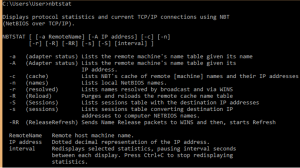
We will try the nbtstat -A [IP address] first. Here is the result.
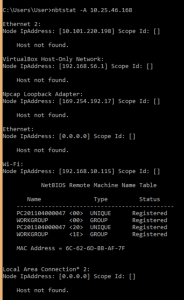
On the Wifi, it shows a NetBIOS Remote Machine Name Table. But what is NetBIOS? NetBIOS is stands for Network Basic Input Output System. It was a programming interface and it allows computer communication over a LAN (Local Area Network).
On the table there is some numbers beside the name. It was called suffixes. It was used to describe what the services is.
<00> is the Workstation service registered the computer name, or in other words NetBIOS name.
<20> is registered by the server register. The computer must has this service so they could share printers or files.
<1E> is signifies that Browser Service Election is running. Browser Service is is a feature of Microsoft Windows to let users easily browse and locate shared resources in neighboring computers.
Conclusion: You can use nbtstat to enumerate Microsoft OS. If you wanted to use it on Kali Linux, you need to download it first. It was used to show connections between computers and more.

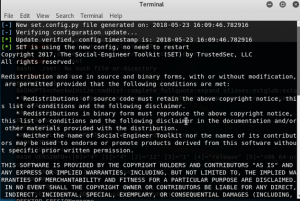
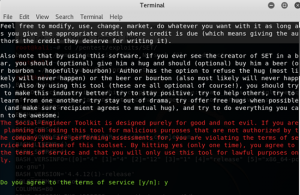
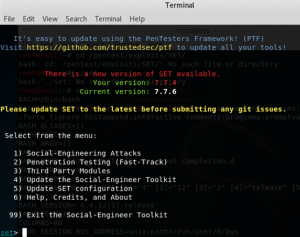
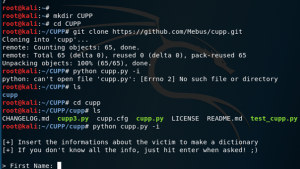
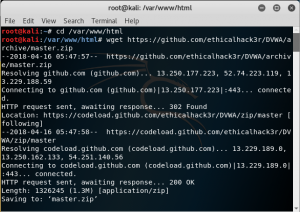
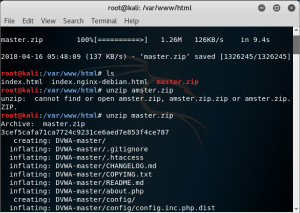

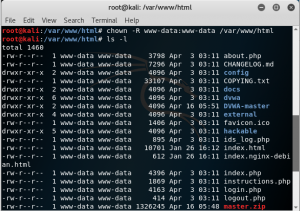
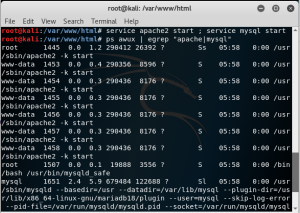
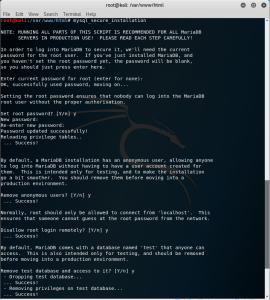
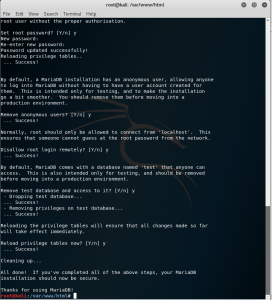
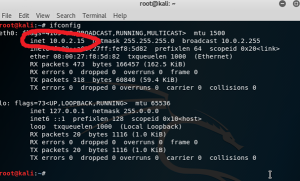
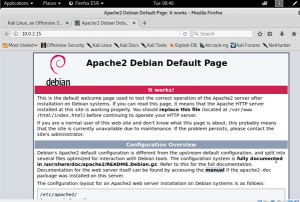

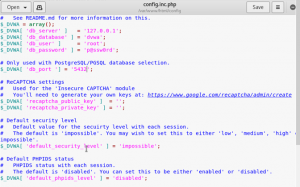
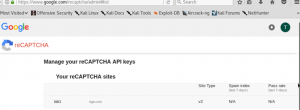

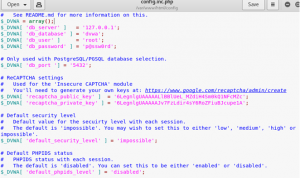
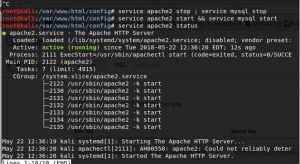
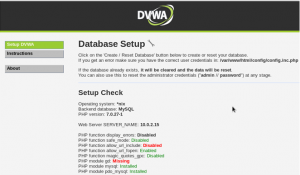

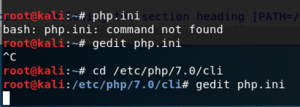
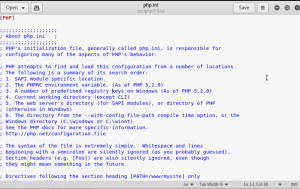

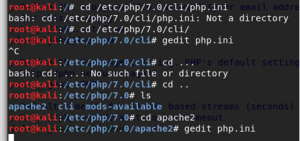
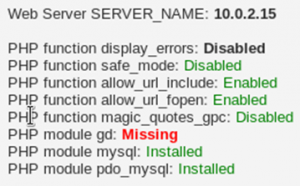
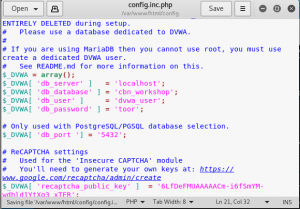

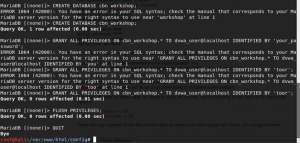
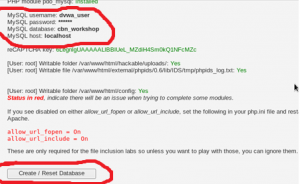
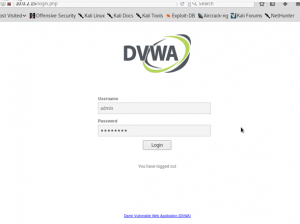

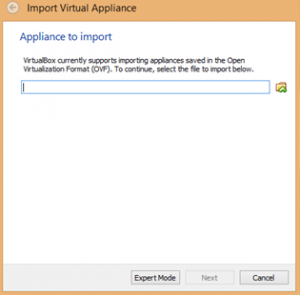
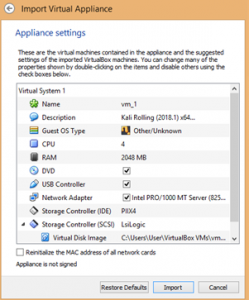
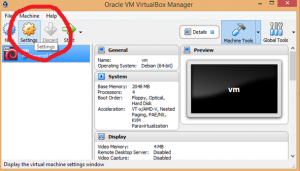
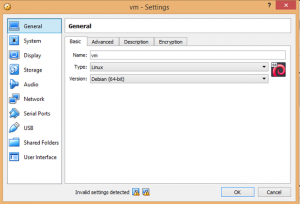
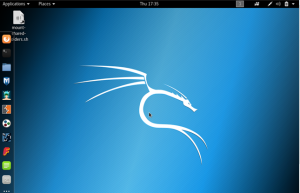
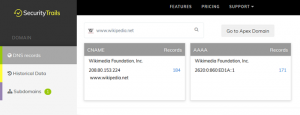
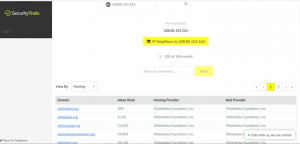 You can see the yellow button that said “IP Neighbouring to [208.80.153.224]”
You can see the yellow button that said “IP Neighbouring to [208.80.153.224]”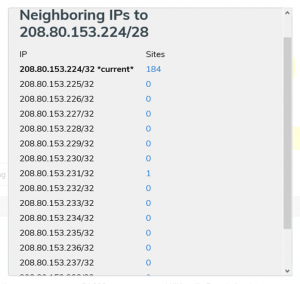 Wikipedia apparently has changed IP addresses numerous time before. Even one of the old IP address still have some site on it.
Wikipedia apparently has changed IP addresses numerous time before. Even one of the old IP address still have some site on it.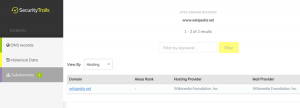 In this one I tried to open the AAAA Records.
In this one I tried to open the AAAA Records.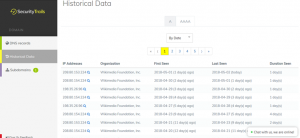 In this one there is no IP Neighbouring to [IP address].
In this one there is no IP Neighbouring to [IP address].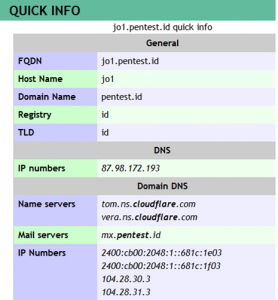
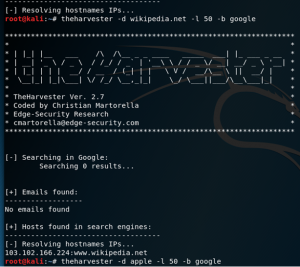 This program is used to limited the search of domain names and sees how many websites has the same domain names. For this example I used, apparently wikipedia.net is either not a hostname, or I used the search results number too low.
This program is used to limited the search of domain names and sees how many websites has the same domain names. For this example I used, apparently wikipedia.net is either not a hostname, or I used the search results number too low.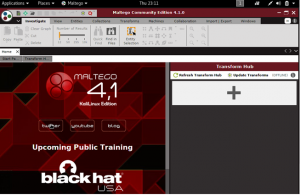

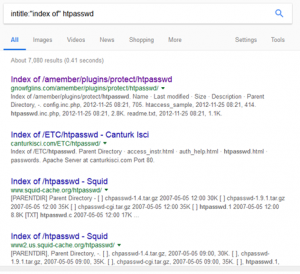
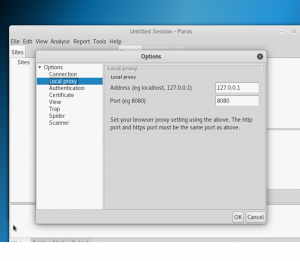
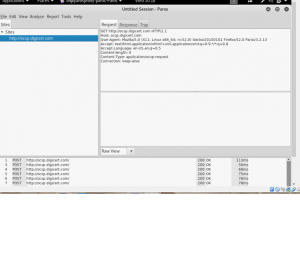
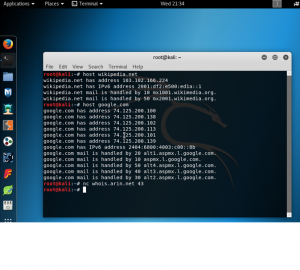
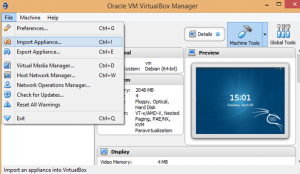
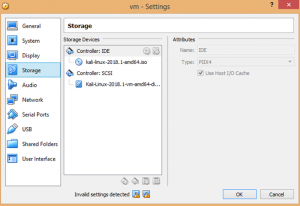
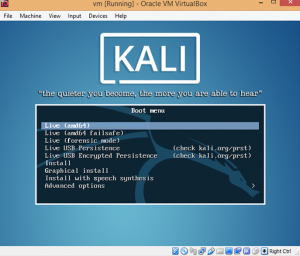 This showed that the Kali linux is starting to working.
This showed that the Kali linux is starting to working.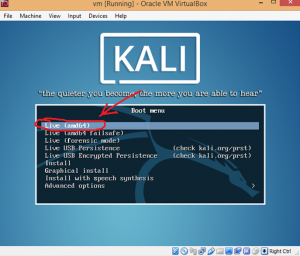 An error appeared. It said: “This kernel requires an x86-64 CPU, but only detected an i686 CPU. Unable to boot – please use a kernel appropriate for your CPU”. On the most tutorial I found, they told me to change the settings in my BIOS, which will require me to restart my computer. I had never used this before which makes me panicking and I looked for another tutorial.
An error appeared. It said: “This kernel requires an x86-64 CPU, but only detected an i686 CPU. Unable to boot – please use a kernel appropriate for your CPU”. On the most tutorial I found, they told me to change the settings in my BIOS, which will require me to restart my computer. I had never used this before which makes me panicking and I looked for another tutorial.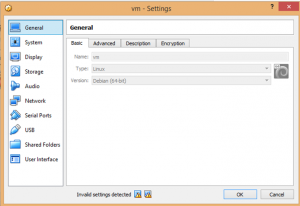 Change the Type into Linux and change the Version into Debian (64bit).
Change the Type into Linux and change the Version into Debian (64bit).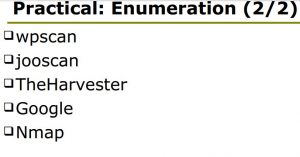
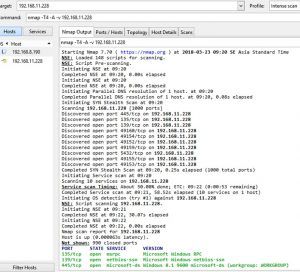
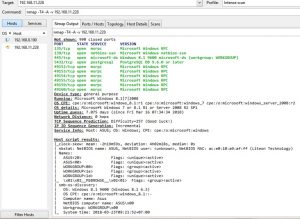
 In this output, it only show one open port which is port 53. Port 53 is Domain Name System or DNS. DNS is a naming system for computers, services, or other resources connected to the internet.
In this output, it only show one open port which is port 53. Port 53 is Domain Name System or DNS. DNS is a naming system for computers, services, or other resources connected to the internet. Apparently, other than port 53, port 80 is also open. Port 80 is HTTP or Hypertext Transfer Protocol.
Apparently, other than port 53, port 80 is also open. Port 80 is HTTP or Hypertext Transfer Protocol. And this is show all about the target details, especially their OS. They are apparently using Linux for their OS and they only have one IP address.
And this is show all about the target details, especially their OS. They are apparently using Linux for their OS and they only have one IP address.